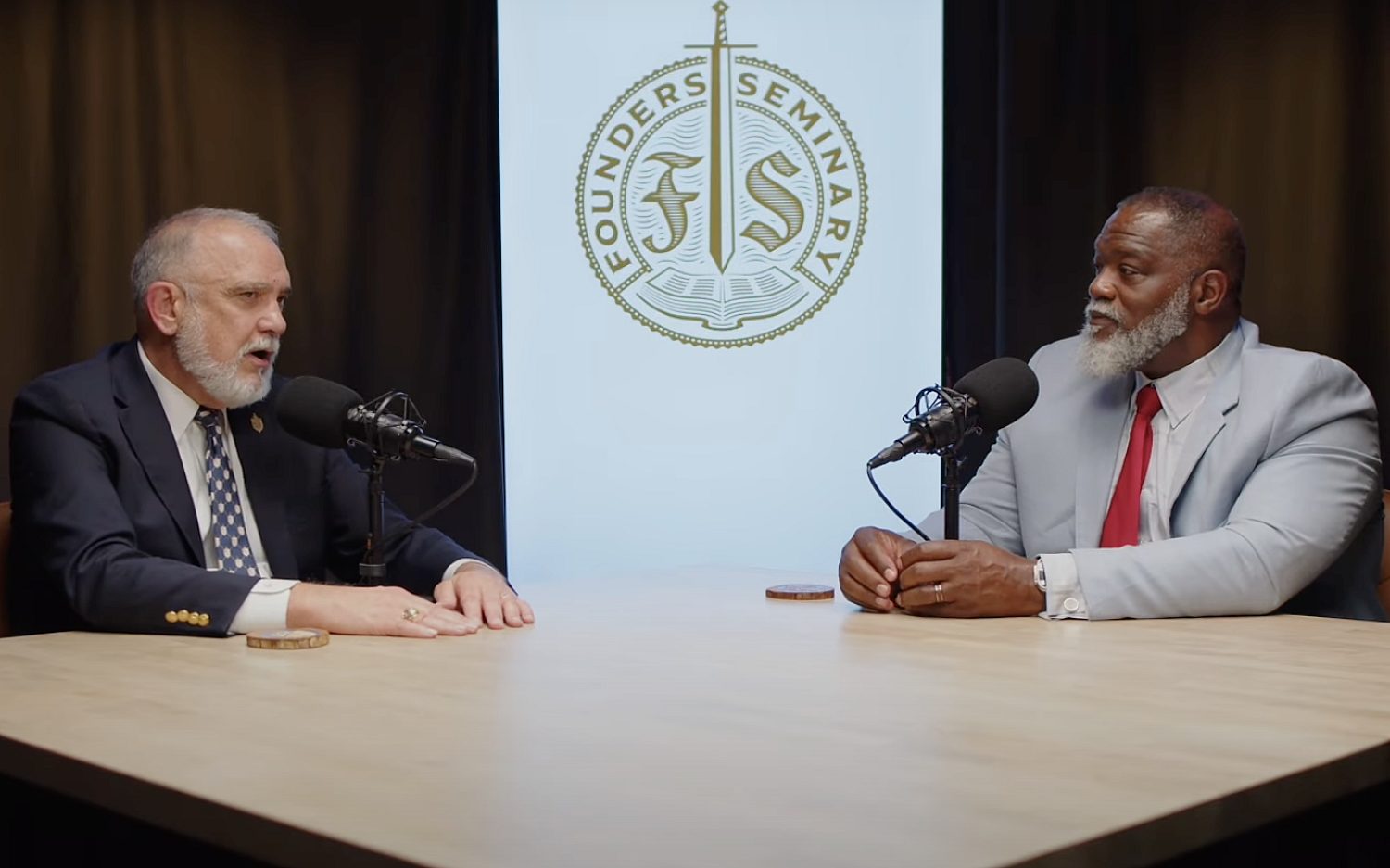Ireland to keep constitutional language on marriage, women’s “life in the home”
Irish voters delivered a landslide vote over the weekend, rejecting a proposal to replace language defending a woman’s “life within the home.” Voters also rejected a measure to expand the constitution’s language about families, in which it calls marriage “the necessary basis of social order and as indispensable to the welfare of the Nation and the State.” Irish Prime Minister Leo Varadkar campaigned for the changes to the language and accepted the failure during a press conference on Saturday. Varadkar said campaigners “struggled to convince people of the necessity” for the amendments.
What does the law say about women in the home? The Irish constitution, also known as Bunreacht na hÉireann, establishes that a woman’s work within the home “gives to the State a support without which the common good cannot be achieved.” The document adds that the government will work to ensure that “mothers shall not be obliged by economic necessity” to get a job outside the house, which may cause “neglect of their duties in the home.” The so-called “Care Amendment” proposed removing gendered language, instead stating that “the provision of care, by members of a family to one another” supports the common good. The amendment would still establish the government’s aim to “strive to support” care within families.
Ireland’s Tánaiste (Deputy Prime Minister) Micheál Martin described the verbiage as “archaic.” He wrote on social media that it should be “updated to reflect the reality of modern life,” noting the high percentage of births to unmarried women. Others rallied against the amendment, arguing it erased women from the Constitution and potentially allowed for future unintentional ramifications.
How did lawmakers want to change the definition of family? Lawmakers hoped to expand the government’s definition of families to include single-parent households or unmarried couples with the “Family Amendment.” The failed measure would have changed verbiage establishing only marriage as the foundation of a family to include “other durable relationships” in the definition.
Why did so many people vote no? More than 70 percent of voters rejected the Care Amendment, with over 65 percent rejecting the Family Amendment. Varadkar said that some “wanted the concept of motherhood to remain in the Constitution.” He said other voters felt that the word “strive” in the proposal did not go far enough to describe the government’s duty to families. “When you lose a referendum this badly,” Varadkar said, “there are many reasons as to why.”
Dig deeper: Read Katelyn Walls Shelton’s column in WORLD Opinions on the now-failed referendum.
An actual newsletter worth subscribing to instead of just a collection of links. —Adam
Sign up to receive The Sift email newsletter each weekday morning for the latest headlines from WORLD’s breaking news team.




Please wait while we load the latest comments...
Comments
Please register, subscribe, or log in to comment on this article.